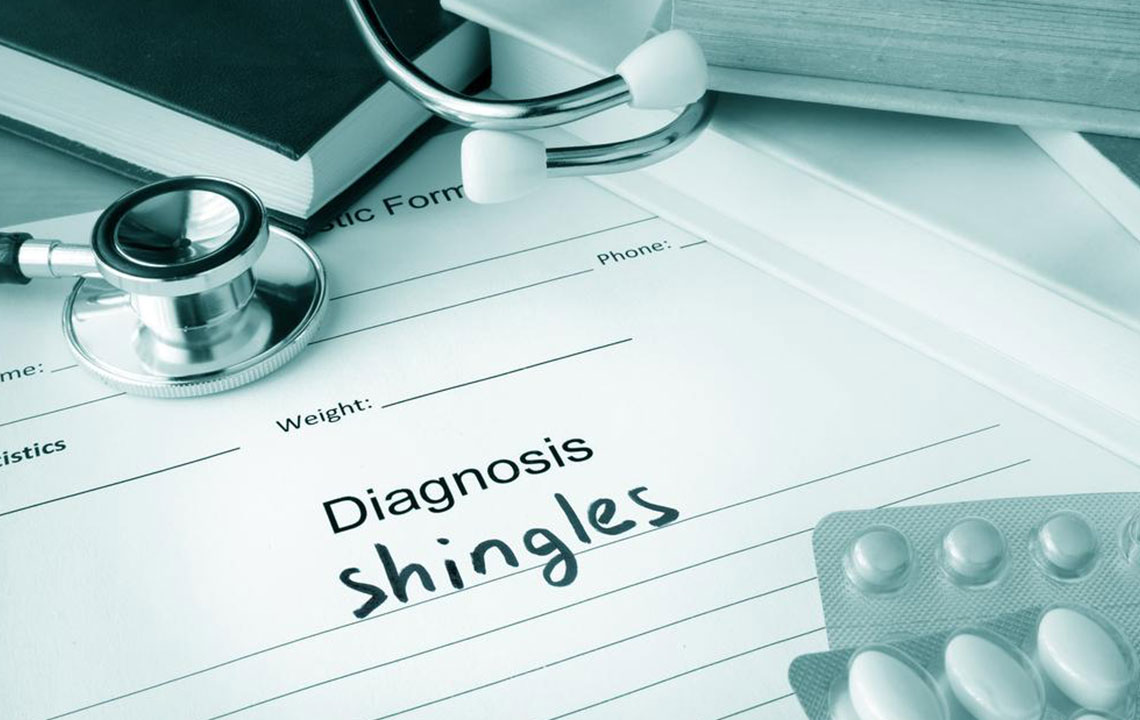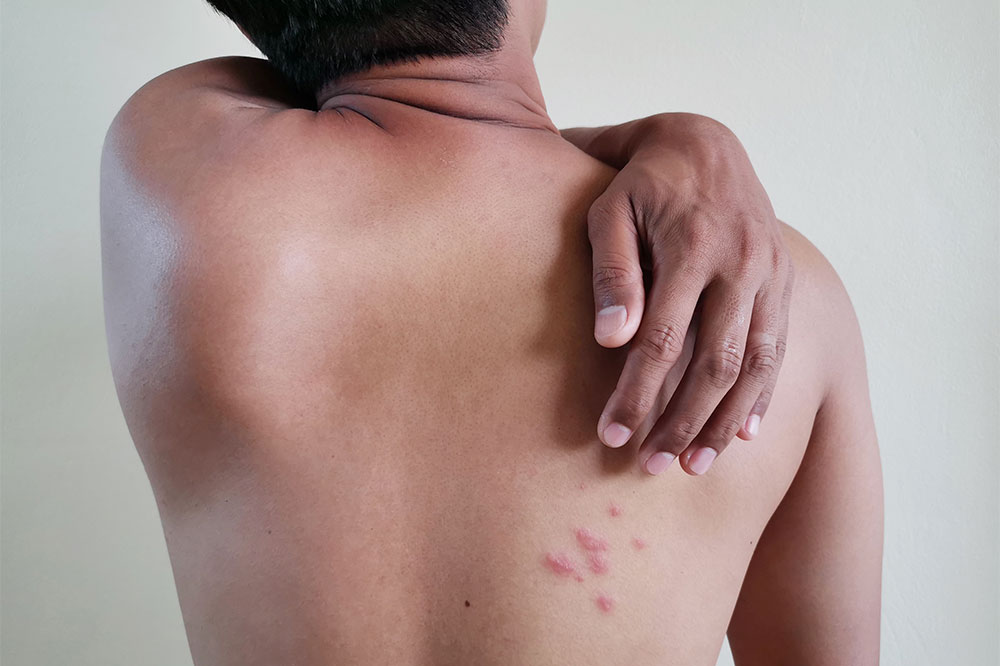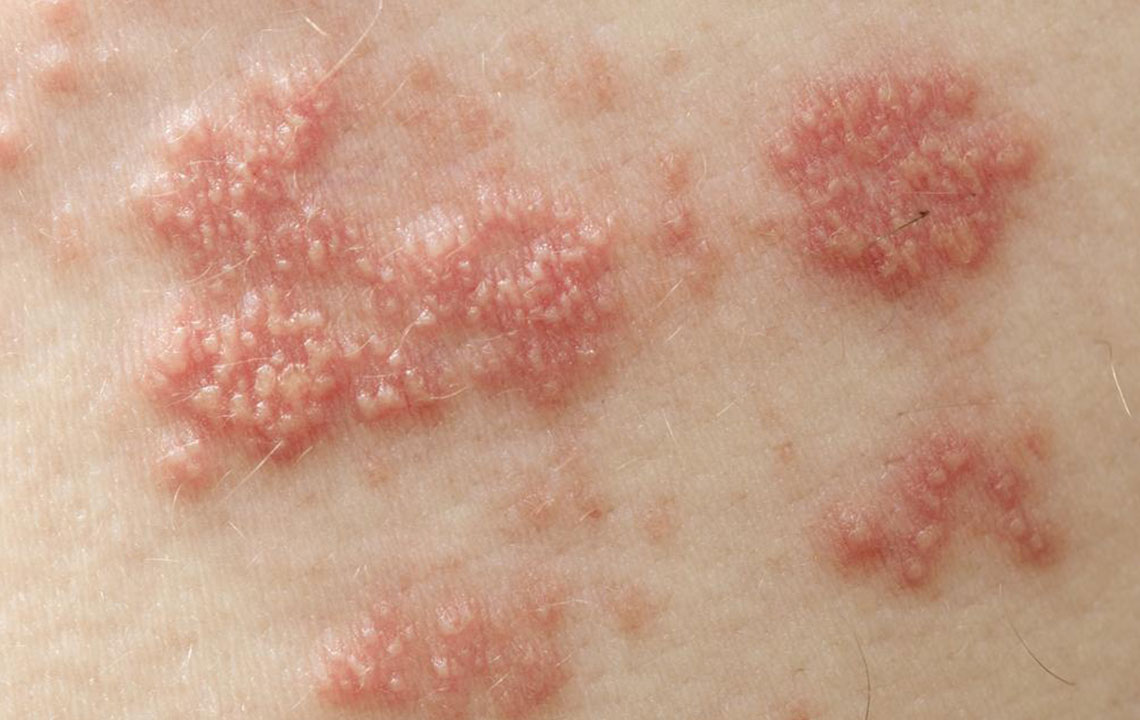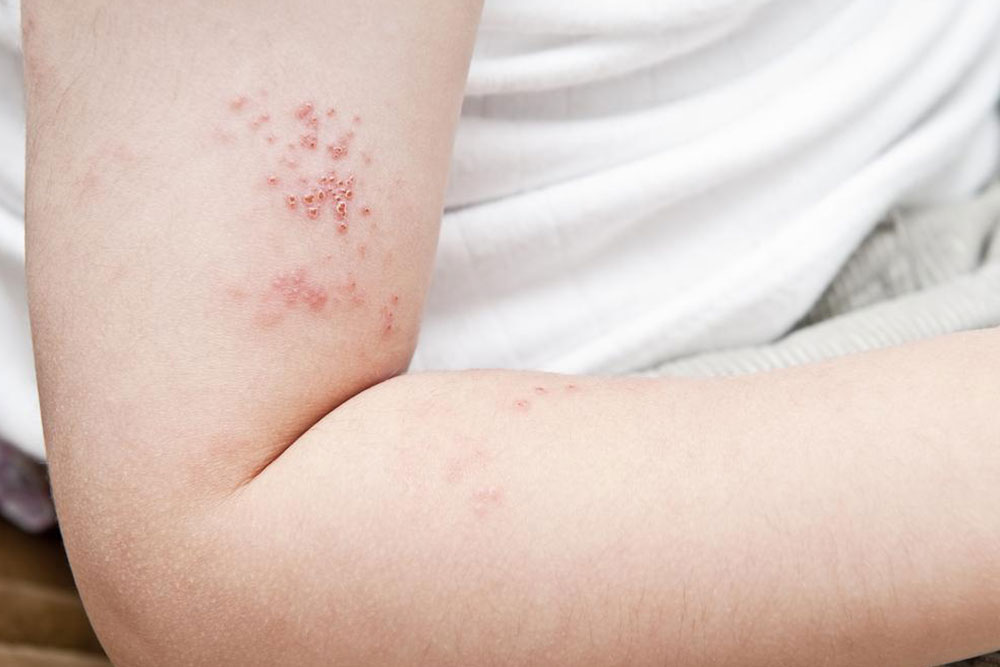Effective Strategies for Shingles Prevention and Treatment
Discover effective prevention methods and treatments for shingles, including vaccines, home remedies, dietary tips, and medications. Learn who is at risk and how to manage symptoms safely and effectively for better health outcomes.
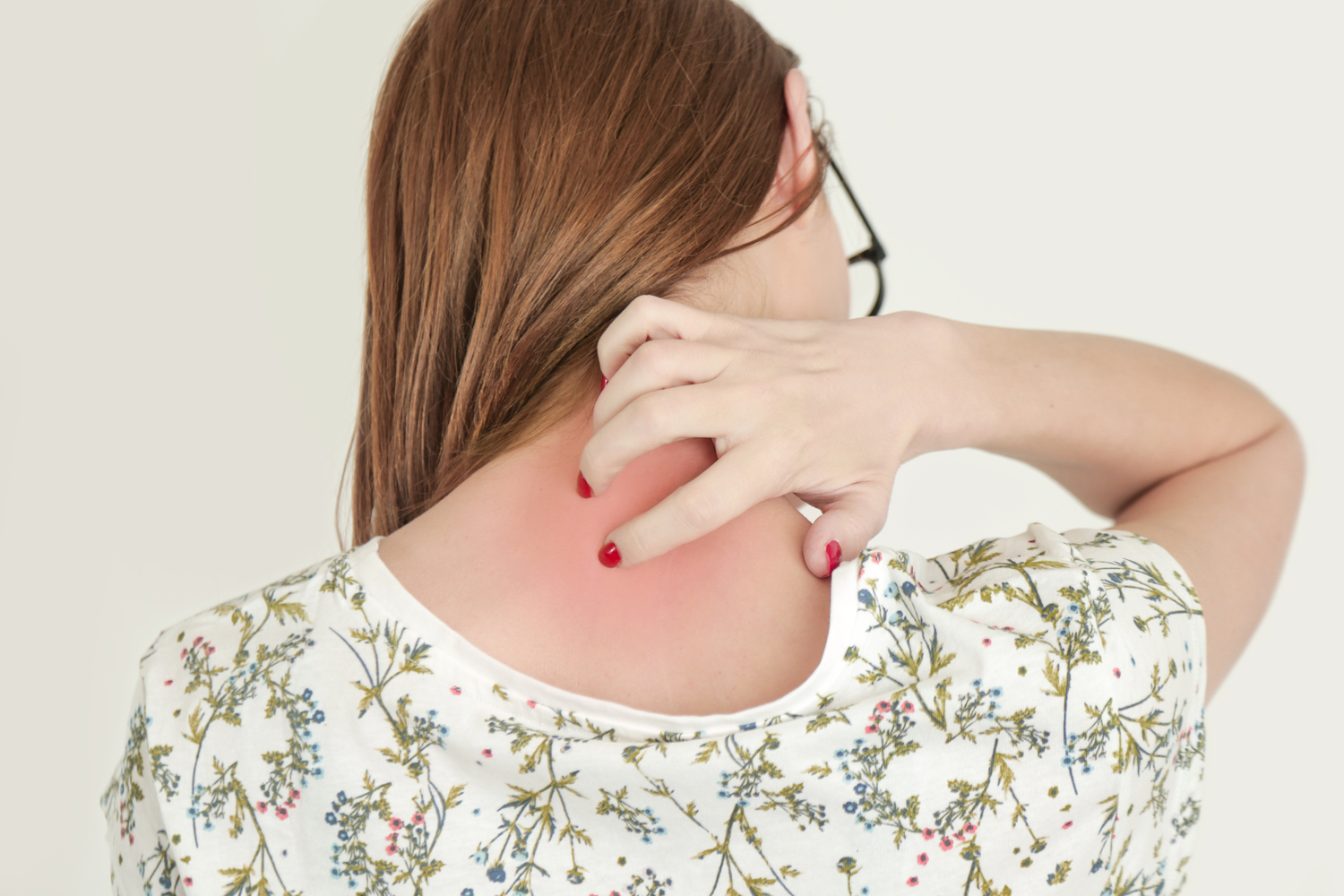
Managing and Preventing Shingles
Diagnosis of shingles typically involves visual assessment of the characteristic rash and blisters, which appear as painful red bands. Sometimes, doctors may request your medical history or test a skin sample or blister fluid in rare cases to confirm the virus. While vaccines are a primary prevention method, maintaining a strong immune system and following proper medication protocols are also vital in managing shingles.
Vaccination can significantly reduce the severity of symptoms and prevent complications. Since shingles stems from the same virus as chickenpox, children should receive the chickenpox vaccine. Mild symptoms may also be alleviated with home remedies.
Preventive Measures Against Shingles
Strengthen your immune system through a healthy lifestyle.
Get vaccinated to prevent severe symptoms and complications.
Children should receive two doses of the chickenpox vaccine.
Adults who never had chickenpox should consider receiving the shingles vaccine.
Individuals at Higher Risk for Shingles
Pregnant women without chickenpox history or vaccination
Premature or low birth weight infants
People with compromised immune systems or undergoing long-term antibiotic therapy
Patients in chemotherapy or organ transplant recipients
Individuals living with HIV
Tips to Avoid Worsening Shingles
Cover the rash with a clean cloth to prevent infection.
Avoid contact with vulnerable groups until the rash crusts over.
Refrain from scratching or touching the affected area.
Wash hands frequently to reduce virus transmission.
Home Remedies for Shingles Relief
Daily gentle cleansing of blisters helps prevent infection spread; cool baths or showers soothe the skin.
Applying cool, moist compresses eases pain and itchiness.
Using a paste of cornstarch or baking soda can naturally relieve itching.
Lotions and soothing creams offer comfort but don't speed healing.
Dietary Approaches to Manage Shingles Pain
Eat nutrient-rich foods to boost immune health, such as orange and yellow fruits, leafy greens, eggs, chicken, fish, dairy, whole grains, legumes, tomatoes, and spinach.
Avoid foods high in sugar, gelatin, nuts (arginine-rich), refined carbs, and saturated fats.
Medications for Shingles Discomfort
Antiviral Drugs: Taking antivirals like acyclovir, valacyclovir, or famciclovir within three days of symptom onset helps reduce rash severity and pain.
Other pain-relief options include over-the-counter medications such as acetaminophen, naproxen, and ibuprofen. For severe cases, doctors may prescribe topical corticosteroids, lidocaine patches, antibiotics, or antidepressants like amitriptyline for pain management.
Complementary Therapies: Homeopathic options like melatonin, oregano oil, echinacea, lemon balm, green tea, and omega-3 fatty acids may support relief alongside conventional treatments.
Shingles Vaccine Precautions
People with allergies to vaccine ingredients should avoid vaccination.
Individuals with weakened immune systems or those pregnant or breastfeeding should consult their healthcare provider before vaccination.
Those without immunity to chickenpox may need testing or consultation prior to vaccination.


